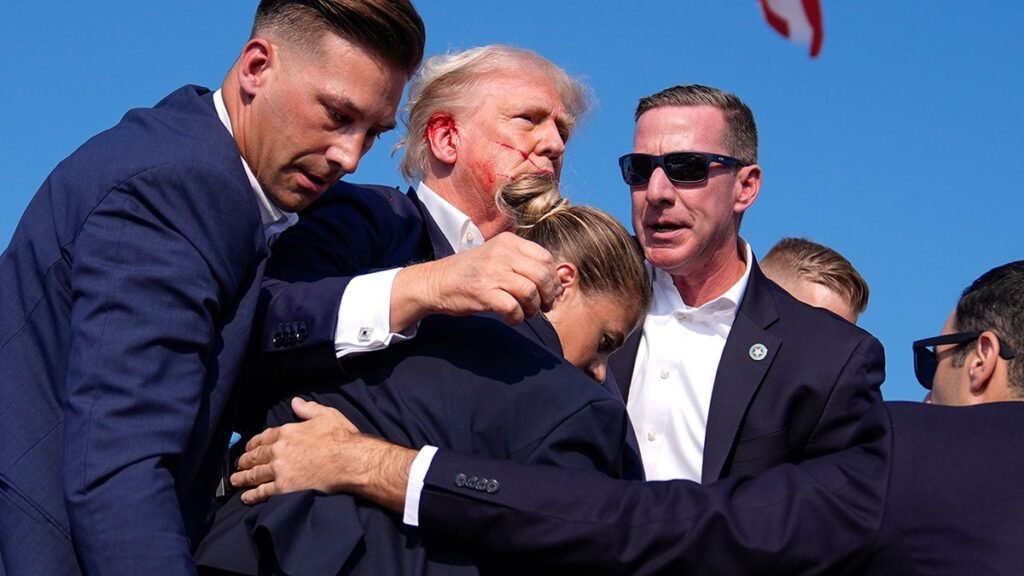Trump’s Tariff Strategy: A Bold Move with Uncertain Outcomes
President Donald Trump has once again taken a dramatic step in his trade policy by announcing new tariffs that could significantly impact the global economy. This move echoes his previous actions, which had caused financial markets to react strongly, leading to a drop in consumer confidence and his popularity. However, this time, Trump is betting that the situation will be different, asserting that these tariffs will bring about factory jobs and stronger economic growth in the United States.
A Shift in Approach
In his latest round of tariffs, Trump is essentially linking the entire world economy to his belief that import taxes will lead to positive outcomes for the U.S. This approach contrasts with the predictions of many economists who foresee inflation and economic slowdowns. During a recent Cabinet meeting, Trump criticized past presidents for not using tariffs aggressively, calling them “stupid.” He also emphasized that negotiating trade deals with other countries is too time-consuming, hence the decision to send out letters outlining tariff rates.
This method marked a departure from his previous strategy, where he used posterboards to display tariff rates during an event called “Liberation Day.” That approach led to a brief market meltdown and a 90-day negotiation period with baseline 10% tariffs, which ended on Wednesday. Instead, Trump opted for form letters with random capitalizations and punctuation, which he claims are more effective.
The Impact of Tariffs
The president announced that he would issue letters to at least seven countries on Wednesday morning, with additional letters to follow later in the day. These letters include tariff rates ranging from 25% to 60%, with some reaching as high as 70%. Notably, Trump imposed a 40% tariff on Laos and Myanmar, and plans to implement 25% tariffs on Japan and South Korea, two major trading partners.
The leaders of the 14 countries affected by these tariffs hope to negotiate over the next three weeks before the higher rates are applied. Trump claimed that he is treating these countries better than they have treated the U.S. in the past.
Possible Outcomes
There are three potential outcomes of Trump’s tariff strategy, each of which could significantly affect international affairs and his legacy. First, Trump might prove economic experts wrong by achieving the growth he promised. Second, he could retreat on the tariffs before their August 1 start, repeating the “Trump Always Chickens Out” phenomenon. Third, the tariffs could damage the economy, negatively impacting communities that supported him and harming countries at a financial disadvantage.
Senator Ron Wyden expressed concerns about the prolonged uncertainty created by Trump’s approach, calling it “tariff purgatory.” He argued that the TACO tactic reduces the credibility of Trump’s threats and diminishes the willingness of trading partners to engage in negotiations.
Market Reactions and Economic Implications
So far, the stock and bond markets have remained relatively calm, with the S&P 500 index remaining flat after a Monday decline. Trump’s recent legislative success with tax cuts has bolstered his confidence, allowing him to impose tariffs at levels that previously caused market turmoil. However, economists like Wendong Zhang from Cornell University note that the normalization of high tariffs could still be disruptive.
Others view Trump’s approach as chaotic, highlighting the lack of a genuine policy process within his administration. Desmond Lachman, a senior fellow at the American Enterprise Institute, criticized the absence of a real strategy behind the tariffs.
Revenue and Future Plans
With the 90-day tariff negotiation period ending, Trump has sent letters to 14 countries, imposing taxes on imported goods ranging from 25% to 40%. He also announced plans to impose 50% tariffs on copper and potentially 200% on pharmaceutical drugs. These measures add to existing tariffs on steel, aluminum, autos, and imports from Canada, Mexico, and China.
Economists like Ben May from Oxford Economics suggest that markets remain skeptical about the likelihood of Trump following through on his threats or reaching compromises. While the tariffs may reduce household income growth, they are unlikely to cause incomes to shrink outright.
Trump claims that his tariffs will help close U.S. trade imbalances, though the rationale for targeting countries like Tunisia is unclear. Administration officials estimate that tariff revenues could reach over $300 billion by the end of the year, helping offset revenue losses from tax cuts.
Conclusion
As Trump continues to push forward with his tariff strategy, the outcomes remain uncertain. The impact on the global economy, the U.S. market, and international relations will depend on how these tariffs are implemented and negotiated. With the August 1 deadline approaching, the world watches closely to see if Trump’s bold move will deliver the results he promises or lead to unintended consequences.

